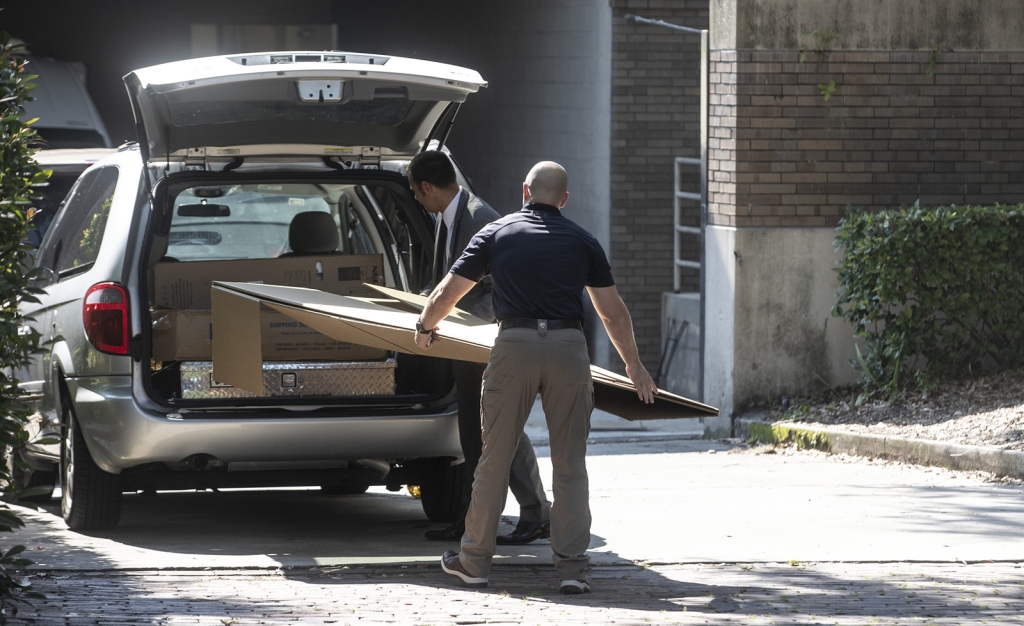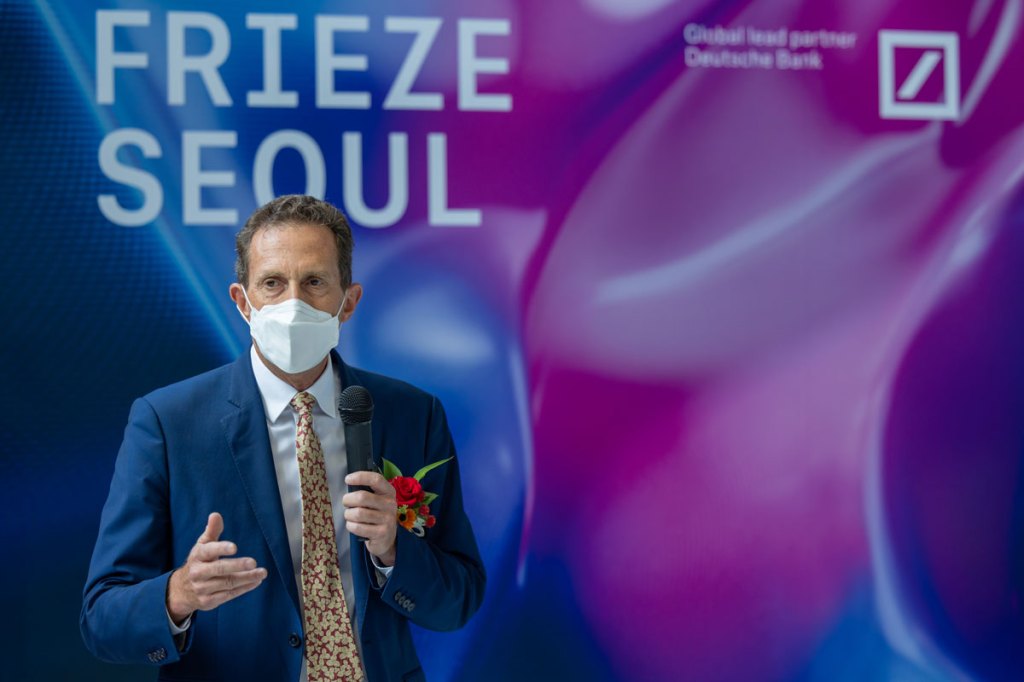An 1,800-Year-Old Roman Bathhouse Discovered Near French Village
Financing and building a new home is a daunting enough task without the past creeping up and throwing a spanner in the works.
The ruins of a 2nd century Roman bathhouse were discovered after plans to build a single-family home required an archaeological assessment of the planned location around two miles northeast of Yenne, a village alongside the Rhône river in Southern France.
According to the French National Institute for Preventive Archaeological Research (Inrap), the ruins were originally thought to have been a shrine or religious building. However, once excavation began, archaeologists realized they had found an elaborate bath complex that was fed from a nearby waterfall.
The 1,800-year-old bathhouse had a large basin that was likely used as a swimming pool, a garden, and three rooms that were connected to a heating system. Experts believe these rooms may have been similar to modern steam rooms or saunas, each with a different temperature.
Another building with smooth concrete floors and walls decorated with “a white background marked with red frames” and what could have been “black panels separated by red stripes decorated with floral motif” was uncovered. While the purpose of the room in not immediately clear archaeologists believe it could have been a changing room, but have not ruled out possibilities of there being a gift shop, grocer, or library in the building.
The buildings, Inrap says, had been abandoned since the 4th century and was likely situated near a shrine or temple in the area. Experts say the site is close to an ancient crossing point of the Rhône that could have been connected to “Etanna”, a stop on Peutinger’s Map, the only known copy of a map that shows the road system active during Roman antiquity.



